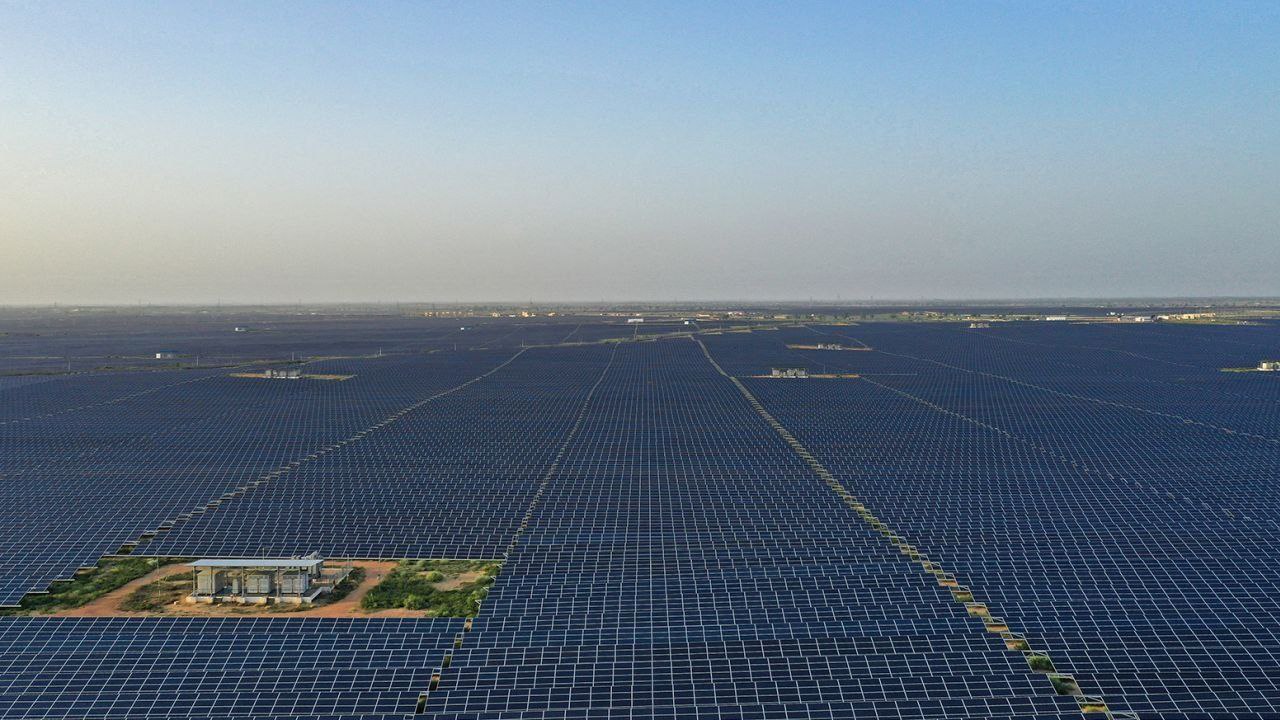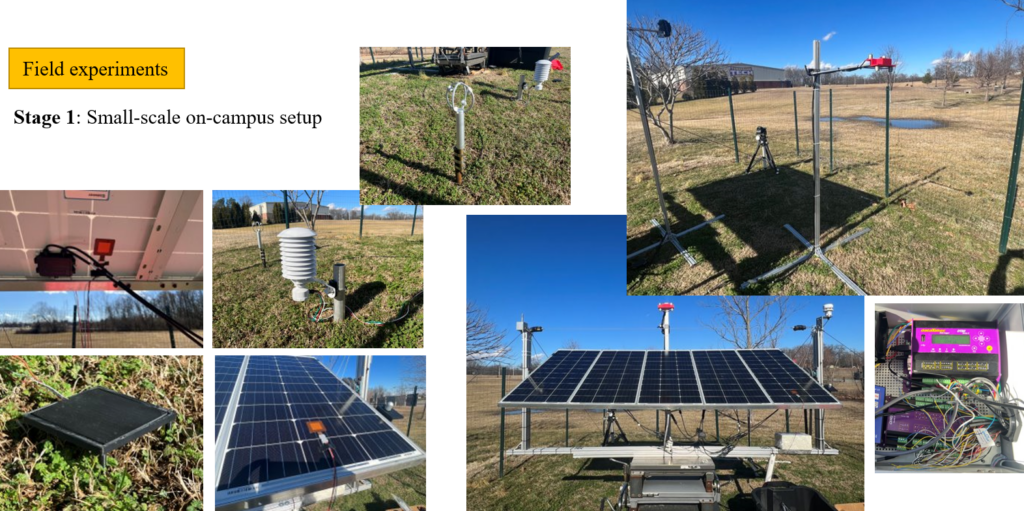
Transport Processes within the Atmospheric Boundary Layer in the Presence of Solar Plants
Global energy consumption keeps increasing. The more efficient societies become via progress in engineering and science, the more energy they consume since technology buys them more time to be even more innovative, leading to the creation of new technologies which would require power to operate. On the other hand, scientific and political leadership are striving towards a fully-electrified planet powered by renewable resources.
Hence, in the next few decades, we will need to create several hundred trillion kWh of electricity from renewable sources. Thus, we are already installing solar farms like Bhadla Solar Park, spread over 14,000 acres, nearly 1/4 of the City of Boston, on the planet. Hundreds of such plants will emerge within the next couple of decades. We at Fluid Mechanics Research Lab asked the following questions. Would the absence of solar energy that such a plant would constantly convert into electricity alter the atmospheric and environmental characteristics? How do solar plant canopies alter the ABL, and what are the underlying mechanisms and the extent of their contribution? Which atmospheric characteristics are affected by PV plant canopies, and to what extent are they affected? What modifications, corrections, or substitutions must be made to the existing atmospheric formulas and scaling laws? Can a parametric model be built for the overall heat transfer coefficient and drag coefficient?
The National Science Foundation granted a CAREER Award to Dr. Vasel. Supported by this grant and assisted by his team of graduate and undergraduate students, he is conducting large eddy simulations and field experiments to answer these questions.

